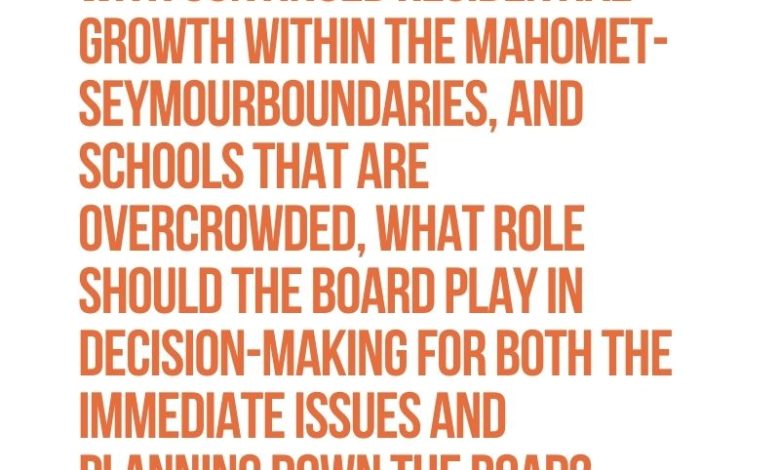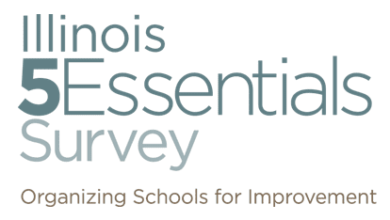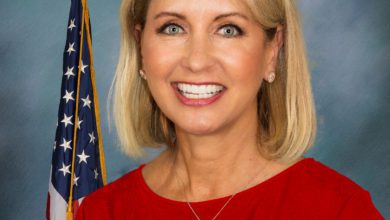With continued residential growth within the Mahomet-Seymour boundaries, and schools that are overcrowded, what role should the board play in decision-making for both the immediate issues and planning down the road?

In-Township (Vote for 2)
Sunny McMurry:
The district needs to work within their financial means while also making a plan for the future of our district with the support of the board and input from the community, teachers and staff. Thankfully, the community engagement group for facilities planning has finally taken off. This will help the board get a better understanding of what our district has compared to what we need. It also helps our community members gain a better understanding of what our teachers are working with.
Personally, before I would make any decisions as a board member, I would like to have a better understanding of the properties we own and our plans to use them either now or in the future, as well as the costs associated with them. For instance, owning 13 Acres will cost our district $400,000. However, the land is not usable for a school building. I don’t see the benefits of owning that land outweighing the costs. We need to have some hard conversations about that as well as what we might be able to do with our current spaces and how well they are serving us (or not serving us). As a board member, I would want to hear feedback from the community engagement facility planning group, alongside feedback from our teachers and staff as well as our community members regarding the plans for buildings in the district.
An issue that has been on the table for many years, that has now become an immediate issue, is MSJH. We cannot continue to use the junior high as it currently stands. As someone who has been housed in a portable classroom behind the school building as well as someone who is currently teaching on a cart to kids sitting on the floor in the hallway, I can affirm that those environments are not suitable for learning. Can they be used as a temporary fix? Sure. But we cannot sustain that long-term. When the district purchased the land where MPE now sits, a junior high campus was proposed back then. I supported this proposition then, with the only concern being heavy traffic flow in and out of that area. We need to have more conversations about making sure the school is accessible as well as additional plans for sports fields and other needs.
The board also needs to have conversations about other facilities for long-term plans. Lincoln Trail is also reaching capacity and we need to think about needs for our high school as we continue to work with new generations. We should also discuss the transportation department’s needs, especially if schools are located across town from where they are currently situated. As a member of the board, my role would be to listen to feedback and ideas, align those with the specific needs the district has identified and move our district forward in facilities.
Rebecca Richardson: The board should play an integral role in gathering information, understanding scenario planning, representing the community and providing accountability and justification back to the voters who elected them regarding the outcomes of determining the best solutions to these challenges. Unfortunately, I believe the longer the district postpones addressing these issues with a short-term and long-term plan, the harder and more expensive the issues are going to be to resolve. One of the most important elements of any plan will be transparency and communication among the stakeholders since it is likely to impact property tax rates, academic offerings, businesses and other elements of life in Mahomet.
Max McComb:
Past boards have done a great job getting us to this point. Low interest rates, refinancing opportunities, and most importantly the 1% sales tax for school infrastructure have funded upgrades and air conditioning at Lincoln Trail and the Junior High. We have completed much needed facelifts to the HS Library, Commons, Auditorium, and Fieldhouse. We have built Middletown Prairie Phase 1 and 2, a fantastic building that is state of the art and expandable. That has all been accomplished in the past few years. However, at this point we are going to have to go back to the taxpayers to fund the majority of future building plans. This means it really shouldn’t be a board decision. At this point it needs to be a community decision, because the community will need to step up funding to make more building improvements a reality.I have pushed hard for two years to get a community engagement initiative on facilities off the ground and after delays due to board realignment and COVID, this initiative is finally up and running. You will hear more about “Bulldog Blueprint” later this Spring and into next Fall. It is led by a 20+ member community task force including 4 community member co-chairs. So far the task force has had two meetings, organized their leadership, came up with the name, and is planning community wide participation events. Everyone who wants to get involved will have opportunities to participate in community meetings and help formulate the next steps in facility planning for our district. I truly believe that the best plan for the future of our facilities is not a plan that our board creates, it’s a plan that our community creates and supports.
Laura Lang: This goes back to the same theme of the need for long-term planning. The board needs to work with professionals and the superintendent to determine a plan. This has been postponed for far too long. We have wonderful community members with the expertise such as constructional engineering, urban planning and architecture at our fingertips to form a committee to creatively consider how to address the immediate and long-term needs.
Out-of-Township (Vote for 1)
Patrick MacKay:
The issue of capacity at our schools is one where there is widespread agreement that something needs to be done NOW to address the issue. I believe the key word is “now” in that we must examine this issue through both a short- and long-term lens. Both short term and long-term responses must involve community input – parents, teachers, administrators, business leaders, municipal officers, etc. Moreover, said community engagement must reflect a true cross section of the district’s socio-economic landscape.
While the construction of a new junior high school is an obvious long-term fix, what do we do in the near term? Options could include but are not limited to modifying the use of recreational space for academic use, the installation of portable, modular classrooms, or even an addition on to existing buildings. I’m sure there are other options that can and should be discussed based on their merit to address the capacity issue, which like I said already, is one that we all agree needs to be addressed by the next board.
Justin Lamb: Decisions need to be made sooner than later to address the overcrowding issues. The “Bulldog Blueprint” team that has been working in its early stages has been designed to assist the board with putting together a plan.




